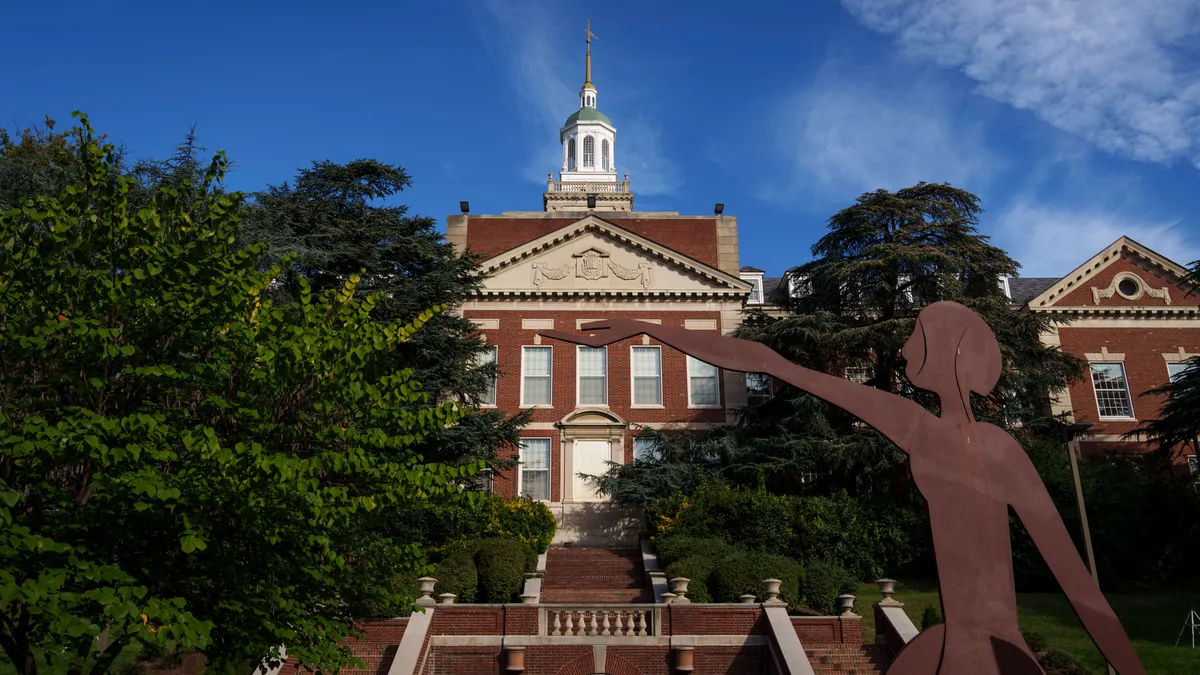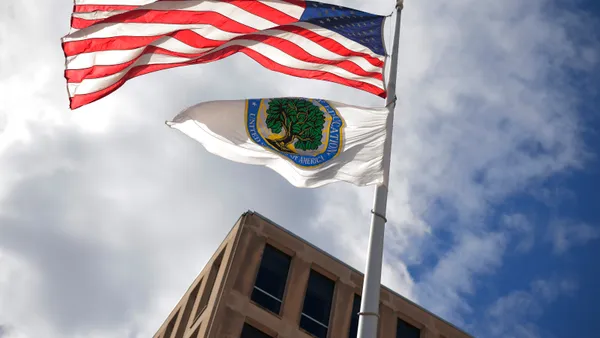Could this be the year that outsized pay packages for the heads of colleges and universities come under fire? As adjunct professors organize labor unions to negotiate for better pay and working conditions, and as students struggle with college loan debt, media scrutiny could turn to the top of the higher ed food chain.
Inequality.org predicts that income inequality could move onto the “public policy center stage” in 2014, referencing proposals in Switzerland, Germany, France, Spain, and the U.S. to tie chief executives' compensation to that of their workers, usually via ratios.
In 2011, the most recent year for which figures are available, the top 10 compensation packages for private college presidents ranged from $3.36 million (the University of Chicago's Robert Zimmer) to $1.65 million (Yale's Richard Levin), according to The Chronicle of Higher Education.
The median total compensation for the 550 presidents included in The Chronicle’s study was $410,523, and 42 of them made more than $1 million, compared to 36 in 2010. And 180 presidents made $500,000 or more. In 2004, only 50 surpassed that benchmark.
According to the College and University Professional Association’s survey of 1,247 higher education institutions, the median salary for chief executives and presidents in 2014 was $370,940, up from $322,700 in 2008. Of the chief executives in the survey, 34% received a full housing subsidy, 37% received a full car allowance, 20% got a club membership, and 16% were given a deferred compensation plan, which typically offers generous tax savings.
In February, faculty and students at St. Mary’s College in Maryland proposed capping the president’s pay by limiting it to 10 times the salary of the public institution’s lowest-paid employee. The proposal would raise the lowest annual salary to $30,000, from $24,500, and then cap the president’s pay at $300,000. That would mean a pay cut for the president, now paid at $325,000 per year.
According to advocates of the St. Mary’s plan, some of the college’s security officers, housekeepers, and grounds crew members have to use public assistance, such as food stamps and heating subsidies, to make ends meet.
Since 2000, salaries increased 56% for the lowest-paid employees at St. Mary’s, 29% for associate professors, and 22% for full professors. Meanwhile, student tuition rose 60% and total salaries for the president and vice presidents rose 91%.
St. Mary’s proposed 10-1 ratio would be quite reasonable compared to the U.S. CEO-to-worker pay ratio. As tabulated by the American Federation of Labor and Congress of Industrial Organizations (AFL-CIO), the 2013 CEO-to-worker ratio was 331-to-1, and the CEO-to-minimum-wage-worker ratio was 774-to-1.
The Atlantic attributes the high presidential compensation levels, and increased college spending in general, to the federal college loan system encouraging tuition increases. The magazine doesn’t offer a solution specific to the presidential pay issue, but argues that to lower tuition costs, the federal loan system must be fixed, with less government spending on the safety net for defaulted loans. That will force lenders to be more careful about who they award loans to, and less student aid will force colleges to lower their costs.
It’s highly unlikely that colleges and universities will agree to tie their president’s compensation to that of lower-level workers. Their biggest problem with such a restriction would be trying to recruit top talent for the position.
But the spotlight that these campaigns focus on the pay issue will put more pressure on schools to hold down costs, including their chief executive compensation, because of the symbolic nature of the highest-paid position at their institutions.
Would you like to see more education news like this in your inbox on a daily basis? Subscribe to our Education Dive email newsletter! You may also want to read Education Dive's look at 4 higher ed tech startups Mark Cuban is betting on.













